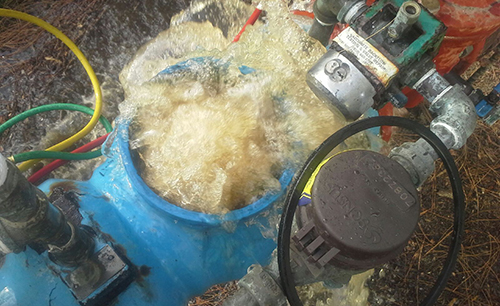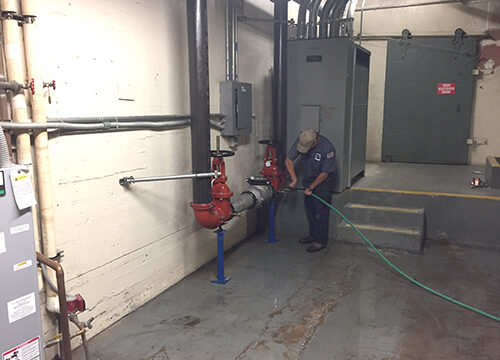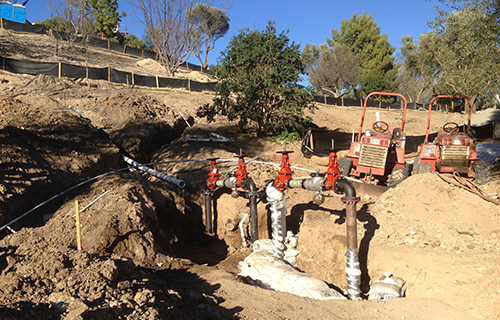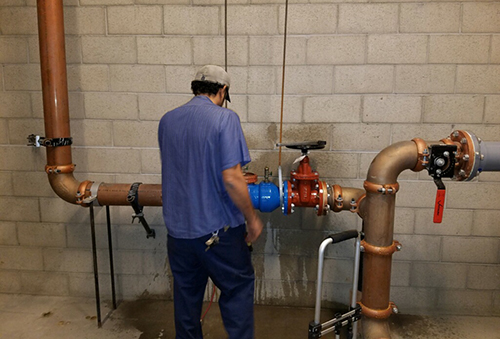805-497-2415
Van Nuys, CA 91405
Fundamentals of Backflow
When does backflow occur?
Backflow may be caused by conditions of gravity, vacuum or other pressure changes. There are two factors that contribute to reversal of flow in pipelines: back-siphonage and backpressure.
Back-siphonage exists when there is negative or sub-atmospheric pressure in supply piping – allowing downstream substances to be siphoned into the potable water supply. Under-sized pipes, pipe breaks and high withdrawal rates can create vacuums, which contribute to the occurrence of back-siphonage.
Backpressure starts when a pressure higher than the supply is created in downstream piping – allowing downstream substances to be pushed into the potable water supply. Backpressure can occur when higher pressures downstream are generated by pumps, thermal expansion and elevation.
What Is a cross-connection?
Cross-connection refers to any unprotected actual (or potential) connection or structural arrangement between a potable water system and any other system that could introduce potential contaminants – including used water, industrial fluids, gases or other substances.
By-pass arrangements, jumper connections, removable sections, swivel or change-over devices and other temporary or permanent systems are considered cross-connections.
The Solution Is Clear
We can eliminate neither the occurrence of backflow nor can we prevent the creation of cross- connections. Therefore, we must provide a means of protecting drinking water from the hazards of backflow occurrences via cross-connections.
Mechanical backflow prevention devices and assemblies provide the best protection against cross-connection hazards. Backflow prevention devices stop the reversal of flow, but are not testable once installed, because they do not have inlet and outlet shut-off valves or test cocks.
Backflow prevention assemblies include an inlet and outlet shut-off valve and test cocks to facilitate testing of the assembly while it is in its functional in-line position.
Furthermore, backflow preventers may be installed at the source of potential contamination or on the water service line itself.
Standards, Approvals and Listings
Approval agencies, representing many geographies and levels of government have established performance criteria regarding function, manufacturing, installation, testing, and maintenance of backflow prevention devices and assemblies.
The overall objective of these criteria is to ensure the sanctity of drinking water. However, each standard specifies different requirements relating to mechanical function, material requirements and testing for backflow preventers.
It is the task of backflow prevention manufacturers to produce units that comply with all applicable standards. Acceptance of such products are driven by the state, county and even local city governmental entities.





